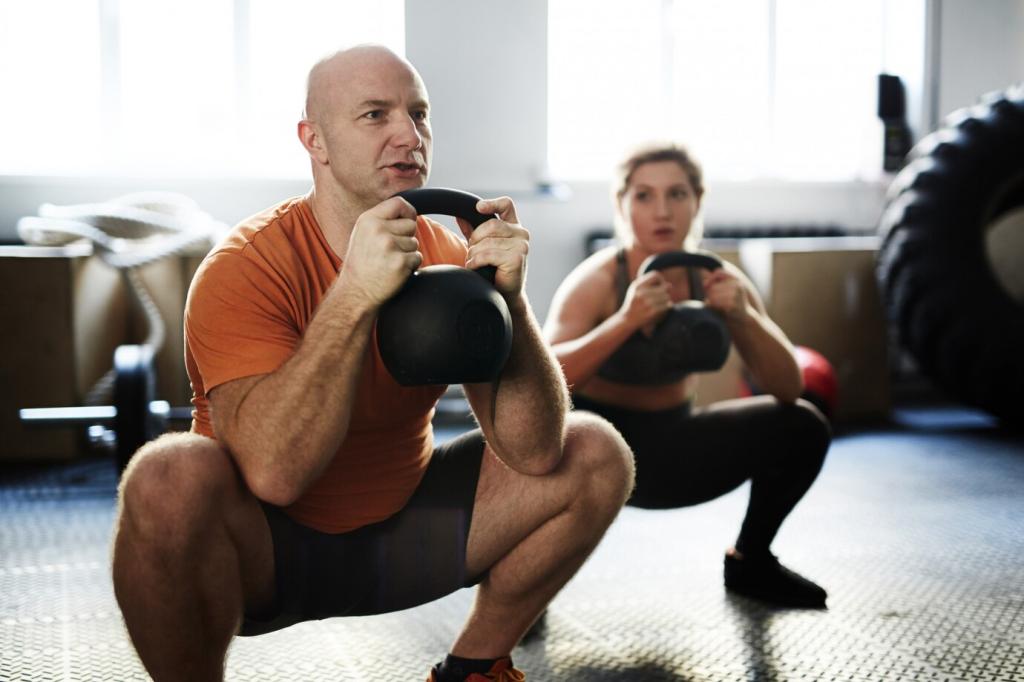
High-Intensity Interval Training for Advanced Fitness: Go Faster, Go Further
Chosen theme: High-Intensity Interval Training for Advanced Fitness. Step into precise programming, science-backed strategies, and real-world stories that help seasoned athletes squeeze more performance from every brutal, brilliant interval. Subscribe, comment, and join our community pushing elite boundaries with purpose and grit.
Why HIIT Works for Advanced Athletes
High-intensity intervals trigger powerful improvements in VO2max, mitochondrial density, and lactate clearance, helping trained athletes tolerate deeper stress without falling apart. Research consistently shows HIIT can preserve speed under fatigue, a difference-maker late in races or decisive match moments. Tell us which intervals transform your late-game kick.





Mixed-Modal Shock: Bike, Row, and Sprint
Combine assault bike lactate builders, rowing power strokes, and track sprints to stress different tissues while targeting a shared energy system. For example, 3 rounds of 90 seconds hard bike, 60 seconds easy row, then a 150-meter sprint. The variety keeps output honest and highlights compensations you can fix.
Hill Sprints and Sled Work
Hills reduce eccentric impact while demanding huge force production and crisp mechanics. Pair them with sled pushes to develop relentless drive without technical collapse. Stay strict on posture, shin angle, and arm action under fatigue. Share your go-to gradient and sled load that consistently builds speed without soreness overload.
Minimalist Setups That Still Hurt (Productively)
A kettlebell, a jump rope, and a timer can produce elite stimulus when programmed precisely. Think 6 rounds of heavy swings, double-unders, and a short shuttle run. Keep technique exact as fatigue climbs. Post your minimal-gear interval that hits hard while keeping logistics simple and travel-friendly.
Fueling and Recovery for High-Output HIIT
Arrive fueled with easily digestible carbohydrates and a touch of protein—think rice cakes with honey and Greek yogurt—ninety to sixty minutes pre-session. Add electrolytes if the workout is hot or extended. A five-minute breathwork primer can lower anxiety and sharpen intent before your first interval hits.

Technique and Safety at Max Effort
Open with dynamic mobility, activation of glutes and midline, and graded accelerations to rehearsal pace. Add a primer interval—short, hot, and crisp—to prepare the nervous system. A good warm-up makes the first work set feel familiar, not shocking. Post your favorite activation circuit that reliably unlocks speed.
Technique and Safety at Max Effort
Enforce exact standards on burpees, thrusters, swings, and box jumps. The point is stimulus, not slop. Scale height or load before allowing technique to unravel. Film a set occasionally and audit posture, foot placement, and breathing cadence. What single standard most changed your performance when the clock turned ruthless?
Data-Driven Progress Tracking
Benchmarks That Predict Performance
Use repeatable field tests like the 30-15 Intermittent Fitness Test, 1,000-meter row repeats, or standardized shuttle intervals. Compare not only times but also recovery heart rates and perceived exertion. The trendline matters more than any single day. Which benchmark best mirrors your sport’s decisive moments?
Wearables, Lactate, and Reality Checks
Wearables estimate VO2max, training load, and recovery, while portable lactate meters refine intensity targets. Cross-reference data with subjective notes—sleep quality, mood, and muscle feel—to avoid blind trust in algorithms. Share the single metric that most closely predicts your explosive sessions actually delivering progress.
Build a Training Log You’ll Actually Use
Track session structure, intensity anchors, environmental conditions, and a one-sentence reflection capturing effort truthfully. Add weekly summaries highlighting wins, misses, and the adjustment you’ll implement next. Consistency beats complexity. Post a template screenshot or outline, and inspire someone to start logging today.
